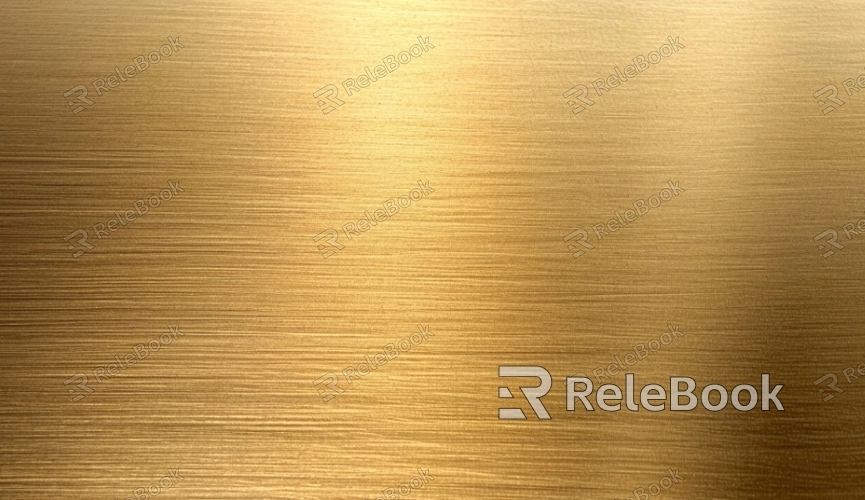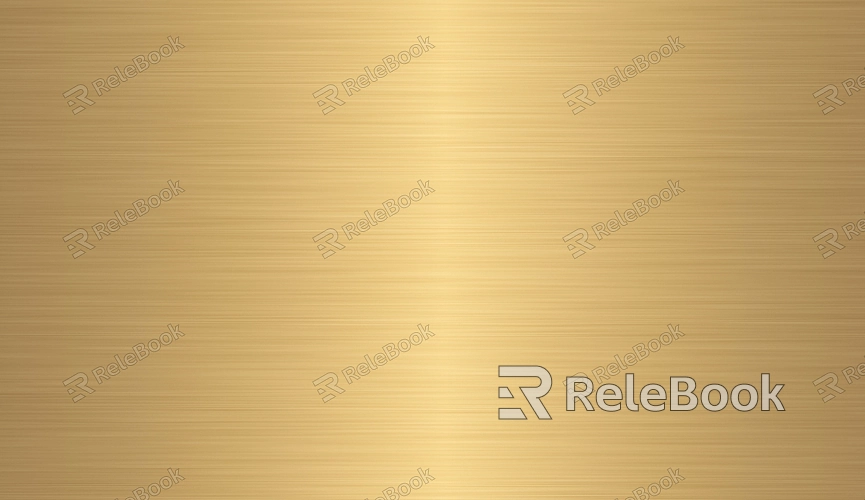How to Do UV Mapping on a Sphere in Maya?
In the field of 3D modeling and animation production, UV mapping is a crucial technical aspect. It enables the accurate mapping of 2D textures onto the surface of 3D models, thereby allowing the models to present more realistic and rich visual effects. Whether it's creating realistic game scenes, producing wonderful animated films, or conducting virtual presentations of various products, etc., reasonable and precise UV mapping operations are indispensable. The sphere, as a common basic geometric shape, appears frequently in many projects. Mastering how to do UV mapping on a sphere in Maya lays an important foundation for subsequent more complex model UV processing. This article will elaborate on the specific methods and related key points of doing UV mapping on a sphere in the Maya software.

Overview of Maya Software and UV Mapping Basics
1. Introduction to Maya Software
Maya is a powerful 3D modeling, animation, and rendering software widely used in fields such as film and television, games, and animation. It has a rich and diverse set of tools that can meet a series of needs, from creating basic geometric models to producing complex character animations. Its interface design is relatively intuitive, but for beginners, the numerous functional modules may still take some time to get familiar with and master.
2. Understanding the Concept of UV Mapping
UV mapping is actually about establishing a correspondence relationship between the surface of a 3D model and a 2D texture. We can imagine the 3D model as an object that needs to be packaged, and the 2D texture is the piece of paper used to wrap it. The UV coordinates are the keys to determining how accurately this "paper" wraps around the object. Here, U and V represent the horizontal and vertical coordinates, respectively. By reasonably adjusting the UV coordinates, we can make the texture distribute ideally on the surface of the model.

Creating a Sphere Model
Before doing UV mapping, we first need to create a sphere model in Maya. The operation steps are as follows:
1. Open the Maya software and enter its main interface.
2. Select the "Create" option in the menu bar, and then find "Polygon Primitives" in the drop-down menu.
3. Click "Sphere" from the sub-menu of "Polygon Primitives," and a sphere model with default parameters will appear in the scene view.
Of course, we can also adjust the parameters of the sphere according to specific requirements, such as the radius size and the number of subdivision segments. Different settings of these parameters will have a certain impact on the effect of subsequent UV mapping. Generally speaking, the higher the number of subdivision segments, the smoother the surface of the model will be, and a more refined effect can be obtained when doing UV mapping, but it will also increase the amount of calculation and the complexity of the operation.
Entering the UV Editing Mode
After the sphere model is created, the next step is to enter the UV editing mode to perform relevant operations on the UV of the sphere. The specific steps are as follows:
1. Select the newly created sphere model in the scene view. This can be achieved by clicking the sphere with the left mouse button.
2. Then find the "UV" option in the menu bar and click it.
3. Select "UV Editor" from the drop-down menu of "UV," and the UV Editor window will pop up. In this window, we can see the initial UV layout corresponding to the sphere model.
The initial UV layout may not be the final effect we want. It is often relatively simple and may have some unreasonable aspects, such as texture stretching and distortion problems. This requires us to optimize and adjust it through a series of subsequent operations.
Automatic UV Unfolding
Maya provides the function of automatic UV unfolding, which is a relatively convenient and fast way for beginners or in cases where the precision requirement of UV is not particularly high. The operation steps are as follows:
1. In the UV editor window, make sure the UV of the sphere is selected. If it is not selected, you can click the UV of the sphere in the UV layout area with the mouse to select it.
2. Then find the "Polygons" option in the menu bar of the UV editor window and click it.
3. Select "Automatic Mapping" from the drop-down menu of "Polygons," and Maya will perform the automatic UV unfolding operation on the sphere according to its algorithm.
The UV layout after automatic unfolding will be relatively regular, but there may still be some small problems, such as slight texture stretching or unnatural splicing in some areas. At this time, we need to further manually adjust the UV to achieve a more perfect effect.
Manual UV Adjustment
Manual UV adjustment is the key step to obtaining a high-quality UV mapping effect. Although it is relatively time-consuming, it enables fine control of the UV layout. The following are some common methods of manual UV adjustment:
1. Moving UV Vertices
In the UV editor window, you can directly drag the position of UV vertices with the mouse to change the UV layout. For example, if you find that the texture in a certain area is stretched, you can try to move the UV vertices corresponding to that area in the appropriate direction to relieve the stretching situation. When operating, pay attention to observing the changes of the texture on the surface of the model to ensure that the UV layout after moving can make the texture distribute evenly and naturally on the surface of the sphere.
2. Cutting UV Edges
Sometimes, to better adjust the UV layout, it is necessary to cut UV edges. In the UV editor window, select the "Edit UVs" option, and then find "Cut UVs" in the drop-down menu. Then click the UV edge that needs to be cut with the mouse, and it can be cut off. The cut UV edges can be moved, rotated, etc. separately to better optimize the UV layout. However, pay attention to choosing a reasonable cutting position to avoid excessive cutting that may make the UV layout too fragmented and affect the mapping effect of subsequent textures.
3. Stitching UV Edges
After cutting UV edges, it may be necessary to stitch some of the cut UV edges back together to restore the integrity of the UV layout. In the UV editor window, select the "Edit UVs" option, and then find "Stitching UV Edges" in the drop-down menu. Click the endpoints of the UV edges that need to be stitched one by one with the mouse, and they can be stitched together. During the stitching process, pay attention to ensuring that the stitched UV edges can match accurately to avoid texture misalignment and other problems.
Through the above methods of manual UV adjustment, the UV layout of the sphere can be finely optimized, so that the texture can present a more ideal effect on the surface of the sphere.
Adding Textures
When the UV layout of the sphere is adjusted to a satisfactory level, we can add textures to the sphere. The specific steps are as follows:
1. In the main interface of Maya, find the "Hypershade" (material editor) window. You can open it by selecting the "Window" option in the menu bar and then finding "Hypershade" in the drop-down menu.
2. In the "Hypershade" window, create a new material node. For example, you can create a "Lambert" material node, which is a commonly used basic material.
3. Connect the created material node to the sphere model. You can do this by dragging the material node from the "Hypershade" window to the sphere model with the middle mouse button to establish a connection.
4. Then, add a texture to the material node. You can find the "Color" (color) property in the property editor of the material node and then click the "Create" (create) button next to it. In the pop-up menu, select the appropriate texture type, such as "File" (file) texture, and then select the corresponding texture file to load it onto the material node.
In this way, after the previous series of UV mapping operations, the sphere model with the loaded texture will present an appearance with a real texture effect.
This article has detailed the whole process of doing UV mapping on a sphere in Maya, starting from creating the sphere model, entering the UV editing mode, then through automatic UV unfolding and, more importantly, manual UV adjustment to optimize the UV layout, and finally adding textures to complete the entire UV mapping process. Mastering these methods and techniques will enable us to handle the UV mapping of sphere models more proficiently, thereby laying the foundation for creating more realistic and beautiful 3D models. If you want to obtain more wonderful 3D models and texture resources, you are welcome to download them from the Relebook website, where there are rich and diverse resources waiting for you to explore.
FAQ
Why is there still texture stretching in some areas of the sphere after automatic UV unfolding?
Answer: Although automatic UV unfolding is convenient and fast, it only operates according to the software's algorithm and may not fully consider the specific situation of the model. The shape of the sphere is rather special, and some areas may not get the optimal UV layout during the automatic unfolding process, thus resulting in texture stretching. At this time, it is necessary to manually adjust the UV by moving UV vertices, cutting and stitching UV edges, etc., to further optimize the UV layout and relieve the texture stretching problem.
What are the effects of cutting too many UV edges when manually adjusting UV?
Answer: Cutting too many UV edges will make the UV layout too fragmented, which may lead to unnatural texture splicing, misalignment, and other problems when loading textures later. Moreover, too many cuts will also increase the complexity of the operation and are not conducive to the overall grasp and optimization of the UV layout. Therefore, when cutting UV edges, choose the cutting position carefully and try to avoid excessive cutting.
What should I do if I can't find a suitable texture file when adding textures?
Answer: If you can't find a suitable texture file, you can consider making your textures. For example, you can use image processing software such as Adobe Photoshop to draw or synthesize the required textures. Additionally, you can also search and download some professional texture resource websites, such as textures.relebook.com, which provide a large number of rich and diverse texture resources for users to choose from.

